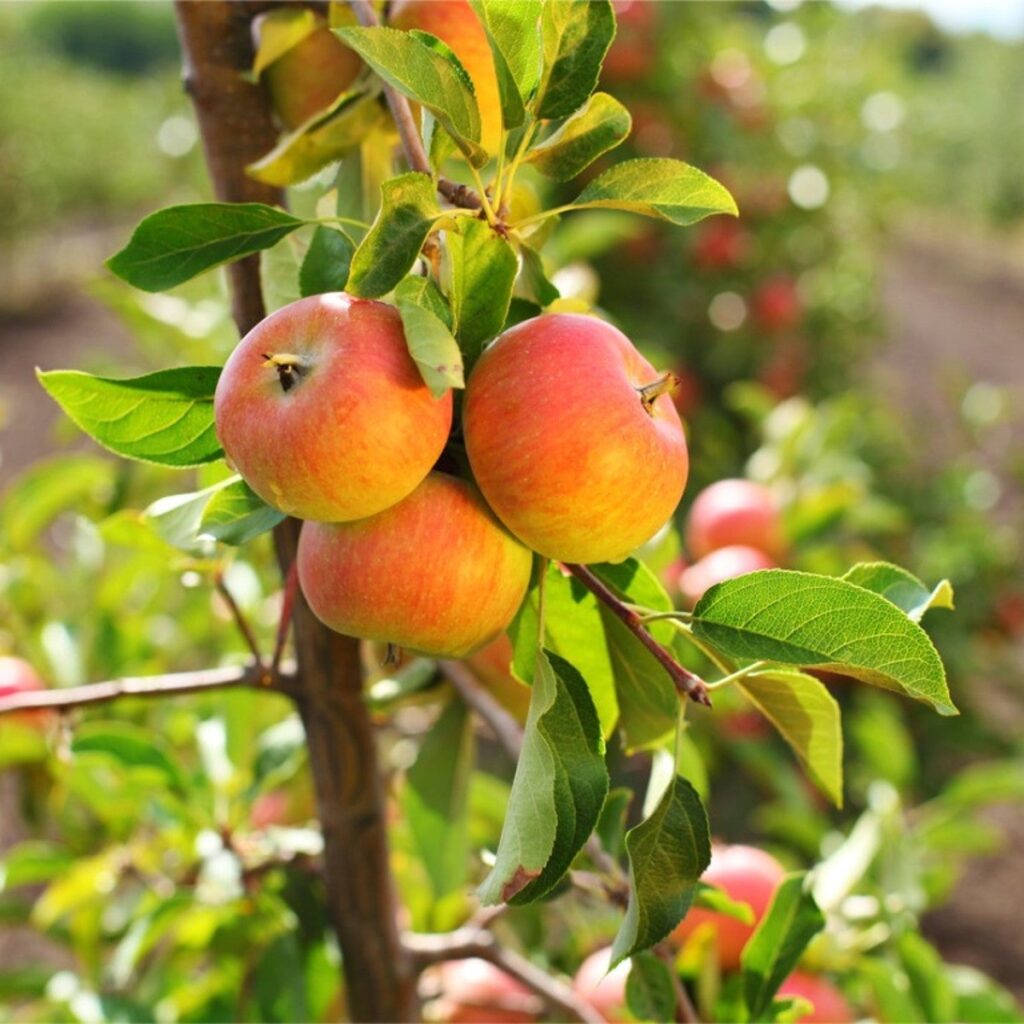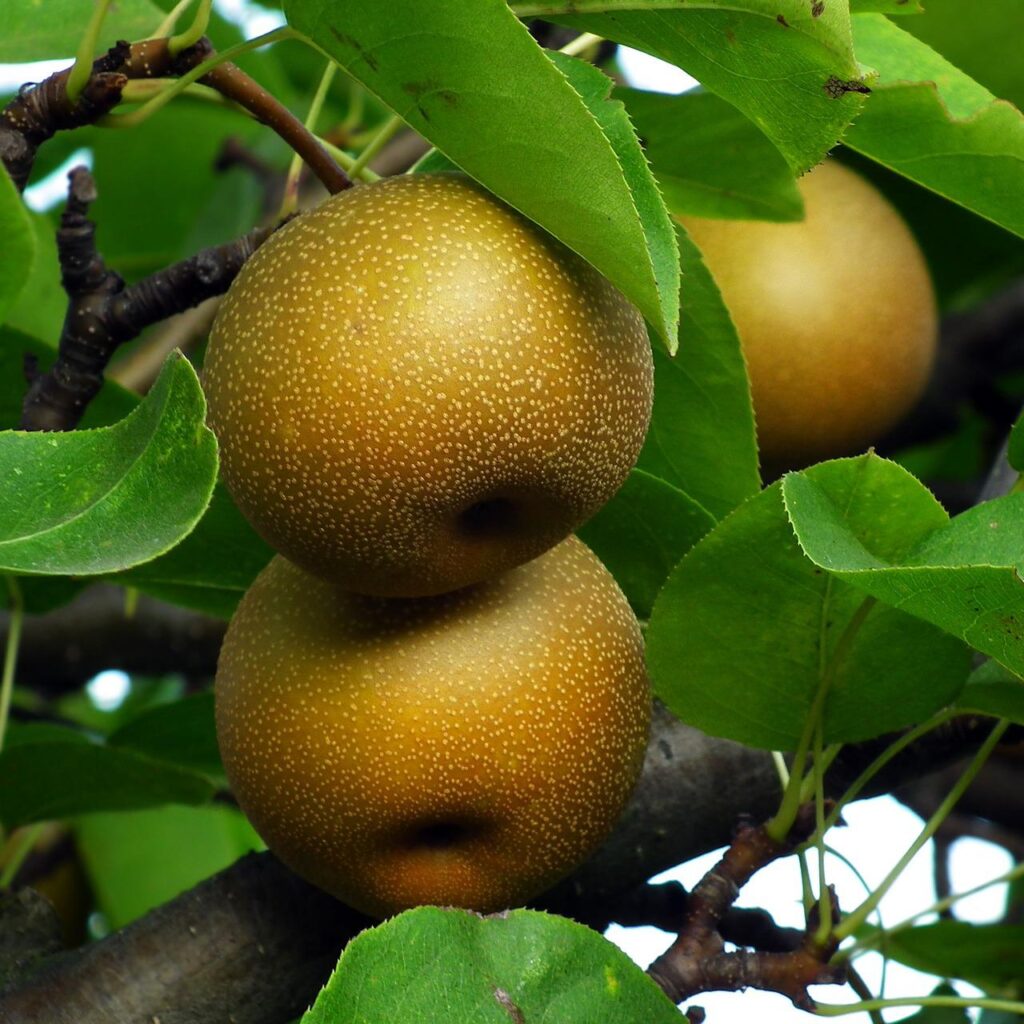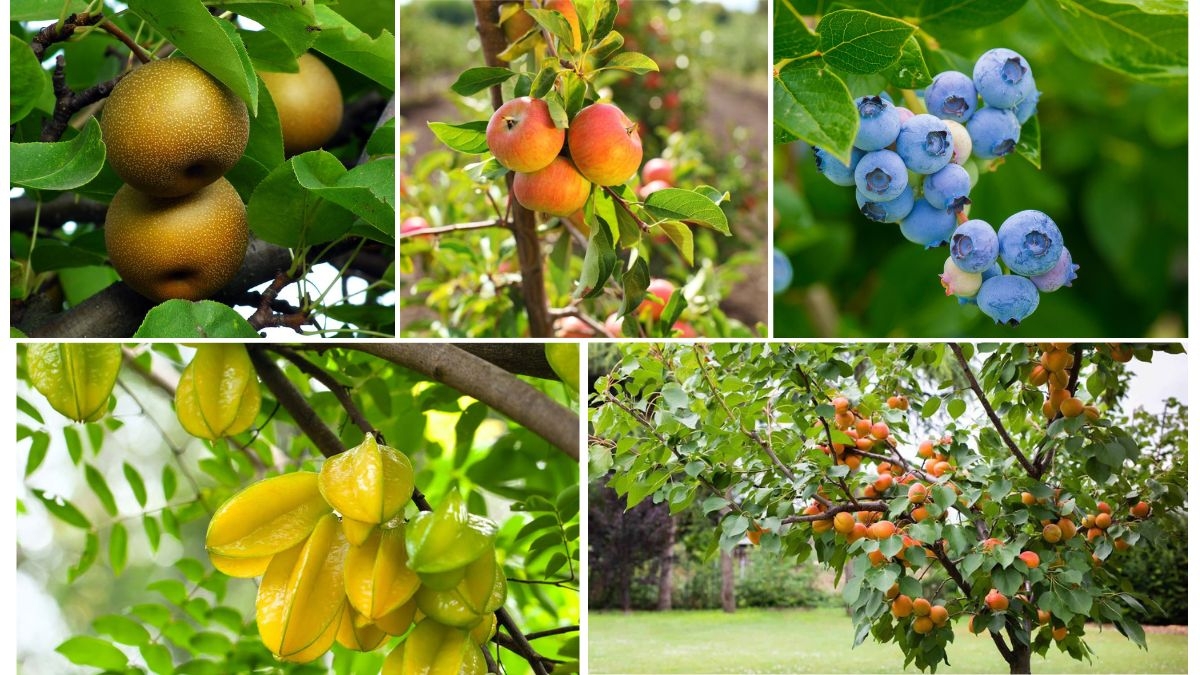In the global agri-food trade, fruit exports have emerged as a major driver of economic growth, rural employment, and foreign exchange earnings for many countries. As global demand for fresh, healthy, and exotic fruits rises, especially in health-conscious and high-income nations, several countries have rapidly scaled up their production and export infrastructure. These fastest growing fruit-exporting nations are not only expanding in volume but also innovating in quality, packaging, cold-chain logistics, and market penetration.
This article explores the countries leading the charge in global fruit exports, the factors fueling their growth, and the key fruits they specialize in.
1. Vietnam – The Dragon Fruit and Durian Powerhouse

Vietnam has transformed from a modest fruit exporter into a global leader in recent years, primarily driven by surging exports of dragon fruit, mango, durian, and longan.
Key Stats:
- Fruit and vegetable exports reached $5.6 billion in 2024, with durian alone contributing over $2.1 billion.
- China, the US, South Korea, and Japan are top importers.
Growth Drivers:
- FTA agreements (like EVFTA and CPTPP) that lower tariffs.
- Expanded cultivation areas for tropical fruits.
- China’s green-lighting of fresh durian imports from Vietnam in 2022 dramatically boosted trade volumes.
- Rapid modernization of logistics, cold storage, and packaging standards.
Star Fruit: Durian
Vietnam has overtaken Thailand as the fastest-growing durian exporter thanks to bilateral protocols with China and quality enhancements.
2. Peru – The Superfruit Success Story
Peru has emerged as a top fruit exporter in the Americas, with a spectacular rise in shipments of blueberries, avocados, grapes, and mangoes.
Key Stats:
- Peru is now the world’s top exporter of blueberries.
- Fresh fruit exports exceeded $4.3 billion in 2024, up from $1.2 billion in 2015.
Growth Drivers:
- Year-round production due to diverse microclimates along the Andes and coast.
- Irrigation infrastructure from the Andean highlands.
- Focus on high-value fruits and strict phytosanitary controls.
- Strategic access to North American, European, and Asian markets.
Star Fruit: Blueberries
Peru’s blueberry boom has turned it into the global leader, beating traditional producers like the US and Chile in both yield and export volume.
3. South Africa – A Citrus Export Powerhouse

South Africa has become one of the top exporters of citrus fruits, particularly oranges, lemons, and soft citrus (mandarins), reaching over 100 countries worldwide.
Key Stats:
- Citrus exports crossed $2.3 billion in 2024, growing steadily year-on-year.
- Major markets: Europe, China, Russia, and the Middle East.
Growth Drivers:
- Well-established and highly mechanized citrus orchards.
- Government support for smallholder export programs.
- Strong export protocols with the EU and Asian nations.
- Investment in port infrastructure and cold chain logistics.
Star Fruit: Oranges and Mandarins
South African citrus has built a global reputation for quality, sustainability, and consistent supply, even amid geopolitical tensions.
4. India – Emerging as a Major Tropical Fruit Exporter

While traditionally a large producer, India is rapidly scaling up its fruit export potential, especially in mangoes, bananas, grapes, and pomegranates.
Key Stats:
- Fruit exports hit $1.8 billion in 2024, up from $800 million in 2016.
- Key markets include UAE, Bangladesh, the UK, Saudi Arabia, and the Netherlands.
Growth Drivers:
- Government-led initiatives like APEDA (Agricultural and Processed Food Products Export Development Authority).
- Focus on GI-tagged mangoes (like Alphonso and Kesar).
- Expansion of pack-houses, irradiation centers, and traceability systems.
- Rising demand for organic and exotic Indian fruits in Europe and the Middle East.
Star Fruit: Grapes and Mangoes
India is one of the top three exporters of table grapes and a leading supplier of premium mangoes, often air-freighted to retain freshness.
5. Mexico – Export Giant to North America
Mexico remains a fruit export heavyweight, especially to the United States and Canada. It continues to rapidly grow exports of avocados, berries, limes, and mangoes.
Key Stats:
- Total fruit exports valued at $10+ billion annually.
- Nearly 80% of avocados consumed in the U.S. come from Mexico.
Growth Drivers:
- Proximity to North American markets ensures low logistics cost.
- Year-round growing conditions.
- Massive infrastructure for cold-chain, ripening, and customs clearance.
- USMCA trade agreement boosts tariff-free trade.
Star Fruit: Avocado
The so-called “green gold” of Mexico, avocado exports—especially from Michoacán—have made the country the world’s top supplier.
6. Egypt – The Fastest Growing in the MENA Region

Egypt has seen a meteoric rise in fruit exports, becoming a reliable supplier of oranges, pomegranates, grapes, and strawberries to Europe, Russia, and Asia.
Key Stats:
- Fruit and vegetable exports hit $3.2 billion in 2024.
- Ranked top orange exporter globally, surpassing Spain during certain seasons.
Growth Drivers:
- Nile Delta and desert farming have enabled year-round cultivation.
- Export-friendly climate and low-cost production.
- Government-backed agriculture export expansion plans.
- New markets in China, India, and Southeast Asia are opening up.
Star Fruit: Oranges
Egypt’s citrus is prized for its sweetness and extended shelf life, making it a favorite in Eastern Europe and Russia.
7. Chile – Holding Strong with a Diversified Export Portfolio

Chile is one of the world’s most reliable fruit exporters, especially in grapes, cherries, apples, and blueberries, and continues to post steady growth despite climatic challenges.
Key Stats:
- Fruit exports exceeded $6.8 billion in 2024.
- China is the leading buyer of Chilean cherries, especially during Chinese New Year.
Growth Drivers:
- Southern hemisphere advantage allows off-season supply to northern markets.
- High standards in food safety, packaging, and certifications.
- Strategic trade deals with China, the EU, and the US.
- Advanced logistics through ports and air freight.
Star Fruit: Cherries
Chile supplies over 90% of China’s imported cherries, often delivered within 48–72 hours of harvest to preserve freshness.
8. Colombia – Rising on the Exotic Fruit Ladder
Colombia is gaining ground as an exporter of exotic and tropical fruits, including golden berries, passion fruit, avocados, and pitaya (dragon fruit).
Key Stats:
- Fruit exports crossed $1 billion in 2024, doubling in less than five years.
- Growing popularity in Europe and the US.
Growth Drivers:
- Favorable climate and two growing seasons annually.
- Targeted export promotion of “superfruits” and niche products.
- Investment in certified organic farming and eco-friendly logistics.
- Peace agreements have allowed expansion into previously conflict-ridden areas.
Star Fruit: Golden Berries (Physalis)
Dubbed a “superfruit,” Colombia leads global exports of this antioxidant-rich berry.
Why These Countries Are Growing Fast
Common traits across these rapidly expanding exporters include:
- Climate diversity supporting multiple crops and harvest cycles.
- Strong government and institutional support for exports.
- Strategic trade agreements reducing tariffs and simplifying logistics.
- Adoption of agro-tech, traceability, and certification systems to meet global standards.
- Focus on value-added products and sustainable farming.
Challenges Ahead
Despite the growth, challenges persist:
- Climate change is disrupting predictable harvests.
- Increased competition may lead to oversupply and price fluctuations.
- Sanitary and phytosanitary (SPS) regulations in major markets are becoming stricter.
- Smallholder farmers still lack access to global value chains in some regions.
Conclusion
The global fruit export industry is evolving quickly, with several emerging economies becoming key players on the world stage. These fastest-growing fruit-exporting countries are not just capitalizing on favorable climates or demand—they are actively reshaping their agricultural ecosystems through innovation, infrastructure, and policy.
As the world increasingly seeks healthy, sustainable, and exotic fruits, these countries are perfectly poised to meet the demand. Their continued success will depend on resilience, climate adaptability, and sustainability—the pillars of modern agricultural trade.







Leave A Comment